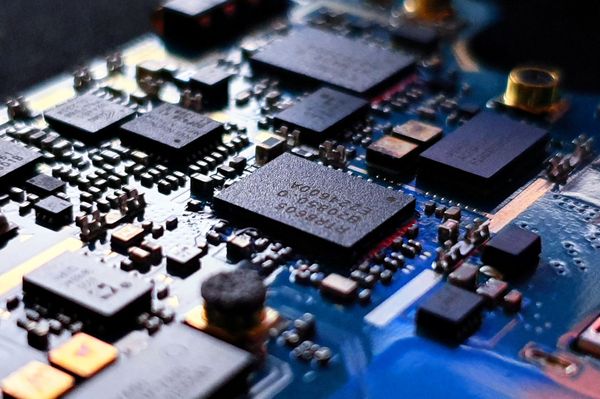Attackers Could Steal Data from Air-Gapped Systems Using Electromagnetic Waves, Researcher Warns

A newly discovered attack relying on electromagnetic waves could allow threat actors to steal data from air-gapped devices from up to two meters away.
Attackers could use a laptop or even a smartphone to capture data. Electromagnetic radiation leaking from air-gapped systems could reportedly be intercepted even from behind a wall if the attacker is close enough to the target.
Air-gapped systems are isolated from the Internet to protect the sensitive information they handle. Typically, these systems are found in military or government networks, industrial control, nuclear power plants, computerized medical equipment, air traffic control and other high-risk areas.
The attack, dubbed COVID-bit, was developed by the head of R&D of The Cyber Security Research Labs at Ben-Gurion University, Mordechai Guri. He is also known for designing several other methods to extract data from air-gapped systems, including ETHERLED, SATAn, LANTENNA and GAIROSCOPE.
“Malware on an air-gapped computer can generate radio waves by executing crafted code on the target system,” reads the abstract of Guri’s technical paper. “The malicious code exploits the dynamic power consumption of modern computers and manipulates the momentary loads on CPU cores. This technique allows the malware to control the computer's internal utilization and generate low-frequency electromagnetic radiation in the 0 - 60 kHz band.”
COVID-bit could let attackers modulate sensitive information such as biometric data, keylogging and encryption keys and send it to a nearby receiver at up to 1,000 bits per second.
According to the researcher, the attack can be executed from a typical user-level process, making it highly evasive. Even worse, COVID-bit doesn’t require root privileges and could cause harm even within a virtual machine (VM).
tags
Author

Vlad's love for technology and writing created rich soil for his interest in cybersecurity to sprout into a full-on passion. Before becoming a Security Analyst, he covered tech and security topics.
View all postsRight now Top posts
Uncovering IoT Vulnerabilities: Highlights from the Bitdefender - Netgear 2024 Threat Report
June 26, 2024
UEFA EURO 2024 Scams Are Already Here – How to Stay Safe
June 25, 2024
Most People Still Write Important Passwords Down, Bitdefender Report Finds
June 07, 2024
FOLLOW US ON SOCIAL MEDIA
You might also like
Bookmarks








